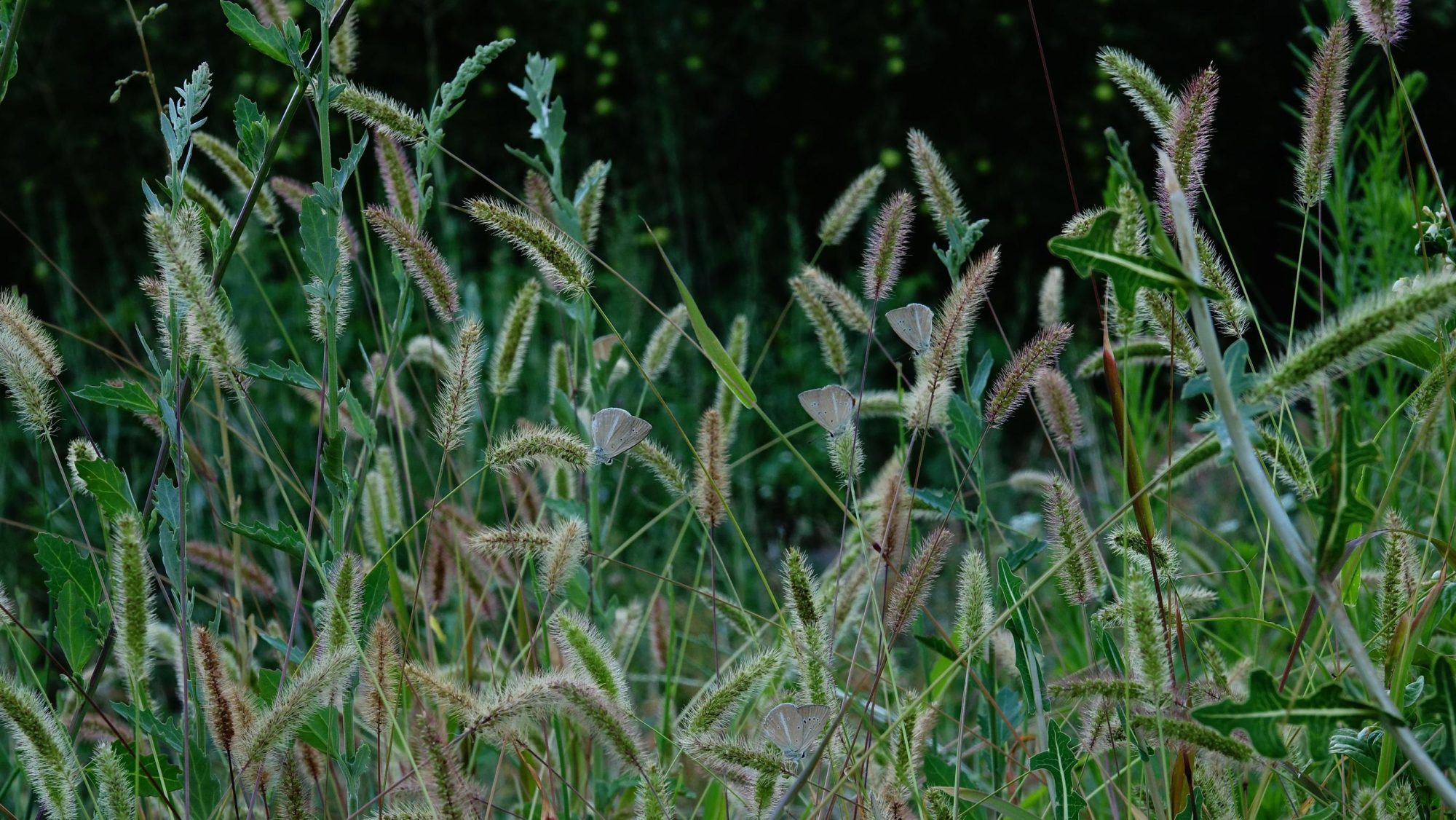Identifying Foxtails: Recognizing and Avoiding This Common Hazard

The term foxtail refers to the sharp, barbed seeds that grow on various weeds and natural grasses. Look at images of grains like barley, millet, and wild rye to get a crystal-clear image of what foxtails look like. It’s easy to see where the name comes from: the seed head looks like a fox’s bushy tail.
But when it comes to your pets, foxtails are anything but cute. When your dog romps through the grass, the seeds can become embedded in her tail, nose, paws, and ears. Same goes for your kitty if she spends any time outside.
If the foxtail seeds aren’t removed, your pup or kitty can develop serious infections.
That’s why the team at Sunrise Boulevard Animal Hospital wants you to know how to identify and avoid this pet safety hazard.
Recognizing a Foxtail: 4 Identification Tips
These 4 tips will help you identify foxtail so you can avoid getting in a pickle with this pernicious weed:
- Look for the Telltale, Barbed Seed Heads: Foxtails have distinctly sharp seed heads that look a little bit like a wheat grain with a long spike emerging from it. In the spring and early summer, the seed heads are green. They turn brown or yellow as they mature.
- Check the Plant’s Height: Foxtail grasses are usually about one to three feet tall. The stalks are slim, with seed heads branching out from the top. This height is what makes them so frustrating to dog owners—foxtail barbs are at just the right level to snag your dog’s fur and get tangled there.
- Know the Habitat: Grasses with foxtail seed heads often grow in fields, road sides, ditches, and even your yard.
- Understand Seasonal Differences: Foxtail seeds get harder as they get older. Eventually, they drop to the ground, where they can prick your pup’s feet.
Foxtails can irritate your dog on the outside, but they’re also all-too-easy for Fido to ingest. All it takes is one lick of an irritated paw and a foxtail can make its way into your dog’s respiratory system or internal organs. This makes it much more difficult to remove.
How to Avoid Foxtails
Avoiding foxtails takes a little bit of work upfront, but the payoff is big—no annoying, potentially harmful barbs burrowing their way into your furry friend’s body.
Here’s what you can do:
- Avoid areas where you’ve seen foxtails before
- Keep your dog’s fur trimmed and short so it doesn’t snag the seeds
- Giving your pup a special face mask to keep the foxtails from getting in her nose, ears, or mouth
- Do a quick nose-to-tail check for foxtails after each walk or hike
If your pet is sneezing, snorting, pawing at her face, gagging, or favoring one of her limbs, it’s time for a vet visit. She may have a foxtail barb lodged in her fur, skin, or body.
Foxtail Frenzy
The shape of a foxtail barb makes it difficult to remove on your own. If just the tip of the seed has embedded into your pet, use tweezers to carefully remove it. Make sure you remove the entire seed head.
If the foxtail seed is deep in your pet’s skin or is showing signs of infection—redness and inflammation around the entry point—bring your pet to the vet. At Sunrise Boulevard Animal Hospital, we help pet parents deal with foxtails all the time. Our friendly team will have Fido feeling better in no time.
Call us at 916-726-2334 to learn more about how we treat foxtails in pets.
